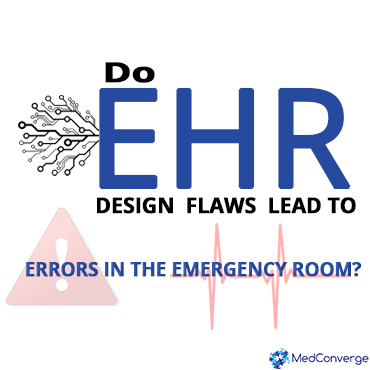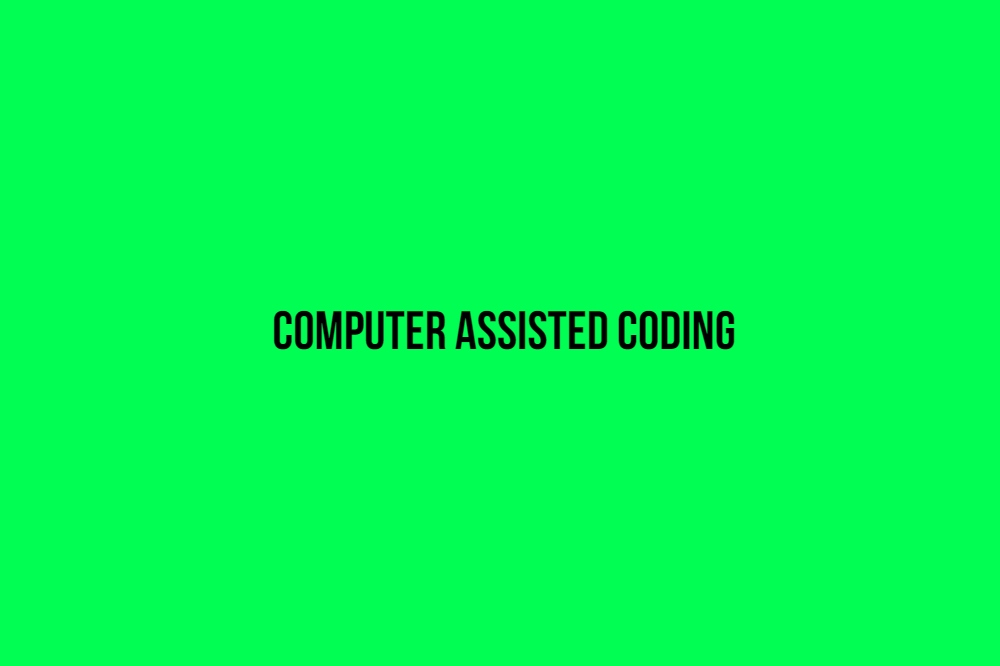Information Technology and computers are supposed to make our work easier, faster and accurate. However, the transition to digitized record systems seems to be causing a whole new category of patient safety errors. From ordering medication dosages larger than required to making entries in the wrong patient’s records – are these user errors in the making or are they due to a poor system design?
The financial incentives offered to hospitals to adopt EHRs by the federal government under the 2009 stimulus package and the 2010 health reform law, was supposed to make the system efficient while at the same time reduce errors by linking patient records. The system would also help coordinate and track healthcare delivery across the health system, with penalties for healthcare facilities that did not meet the standards.
Unfortunately, the ER is a place, where things take place, very often at a rapid pace. An emergency leaves little room for recording data on the electronic system – care for the patient is the prime concern. With doctors and nurses juggling between multiple patients, verbal communication is more effective. The ER is a different type of healthcare situation and has evolved a distinct workflow over the years. A large number of ERs thus evolved electronic record programs distinct and independent of the hospitals systems. However, these ER record systems find themselves incompatible with the systems that the hospitals are buying and are thus phased out. The new EHR models may be efficient, but to work in an ER situation, they require adjustments. The current models often create a technology mismatch in the ER, something that may not be so for the rest of the hospital.
According to a report published in 2013, by Jesse Pines and other members of the American College of Emergency Physicians, mistakes made in the ER like entering data in the wrong patient’s file or ordering the wrong medications, became more common after the switch to digital systems. “The way the systems are set up, it can actually predispose to higher error rates,” said Jesse Pines. The report further states that, “a growing body of evidence suggests that many errors may be the result of poor design rather than user errors. That “can have a profound influence” on patients.
Electronic record systems have resolved a large number of safety concerns. However, since it is the administrators or the technology experts who decide which system to invest in, rather than the doctors who will be using them, EHR providers design the system based on the wants of the administrators and technology experts. In order to understand how the system would work in an ER, designers need to talk and sit with the ER staff or better, spend time in an ER to understand the nuances of using the EHR system there.
Manufacturers of EHR systems admit that doctor’s feedback and suggestions are important and they give it high priority in their designs. However, there is a lot of improvement required to make the system ER friendly. Some manufacturers have designed supplements to help fix communication gaps with emergency medicine. However, hospitals are reluctant to buy add-ons after having paid millions for the EHR system in the first place.
Even with these challenges, the future does look bright. With technological advancements, we are sure to see a transformation in the electronic health record space.



